Function, Waveform & Signal Generators
Fully programmable function generators suitable for use in generating specific signals needed in development, repair and testing applications. High precision generators available from both Chauvin Arnoux and Siglent.
Find out more about Function, Waveform & Signal Generators below.
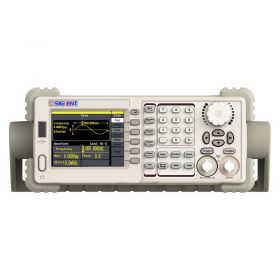
- 10MHz model
- Generates different waveform types
- Complete set of modulation options
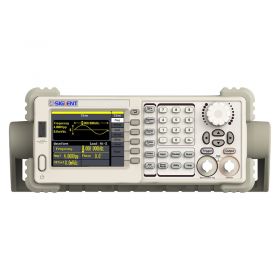
- Generates multiple waveform types
- Multiple adjustable advanced functions
- Compatible with PC
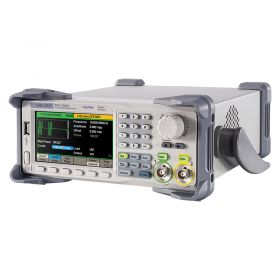
- EasyPulse technology means low jitter and better accuracy
- 150 MSa/s sampling rate
- High-quality build
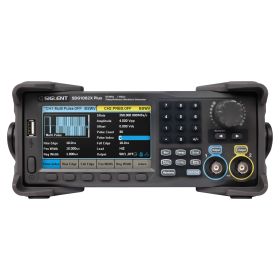
- Dual channel, maximum output frequency 25, 30 or 60 MHz
- Innovative EasyPulse technology
- Supports PRBS up to 40 Mbps
- 196 built-in arbitrary waveforms
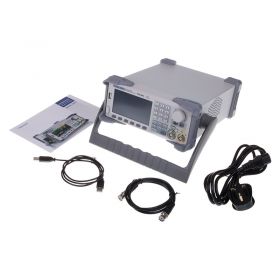
- Bandwidth of 40MHz
- High precision and reliability
- Dual channel
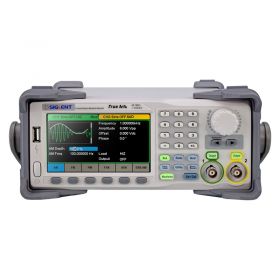
- 80MHz bandwidth
- Dual channel
- EasyPulse and TrueArb technology
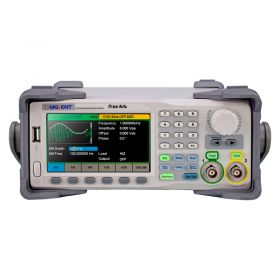
- 120MHz bandwidth
- Dual channel
- High fidelity and low jitter
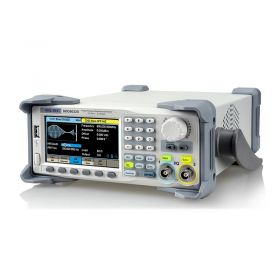
- TrueArb and EasyPulse technology
- 200MHz / 350MHz / 500MHz bandwidth options available
- High-performance with 2.4 GSa/s sampling rate
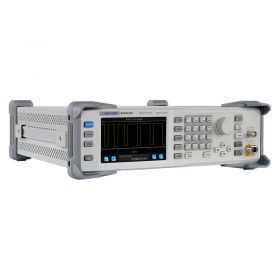
- Available in four models with differing frequencies and modes
- Provide normal analogue modulation: AM, FM and PM
- Sweep-frequency function
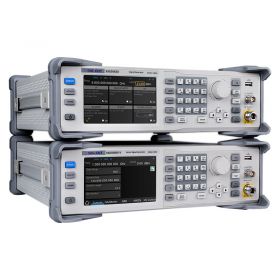
- Analogue and vector signal sources
- Frequency setting resolution: 0.01Hz
- Maximum power output power: +26dBm
- Phase noise: -120dBc/ Hz @ 1GHz, 20kHz offset
- User-programmable flatness correction
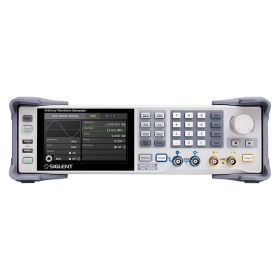
- Up to 1 GHz bandwidth
- Supports PRBS up to 312.5 Mbps
- High-precision Frequency Counter
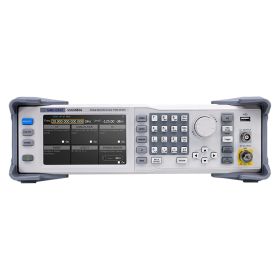
- Frequency up to 13.6GHz or 20GHz
- Level error ≤0.7dB (typ.)
- 5-inch TFT capacitive touchscreen
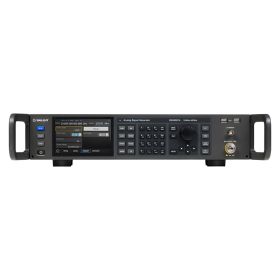
- Frequency up to 13.6 GHz/ 20 GHz/ 40 GHz
- Level setting range: -130 dBm ~ 24 dBm
- 5-inch TFT capacitive touchscreen
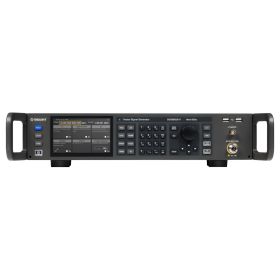
- Frequency up to 8 GHz
- Frequency Resolution: Up to 0.001 Hz
- Level Setting Range: -140 dBm to 30 dBm
About Function, Waveform & Signal Generators
A function generator is a type of frequency generator suitable for the development, testing, and repair of electronic test equipment. For example, an electrical test engineer could use one to introduce an error signal into a control loop. Because you can change parameters such as amplitude and frequency, you can easily isolate the generated signal from those already present in the system.</p >
A function signal generator can take the form of computer-based software or one of our range of purpose-built function generators designed to generate various types of the electrical waveform over a wide range of frequencies. The most common waveforms produced are sine, triangular, saw tooth, and square shapes and most models will allow you to set this as a repetitive or single shot.


